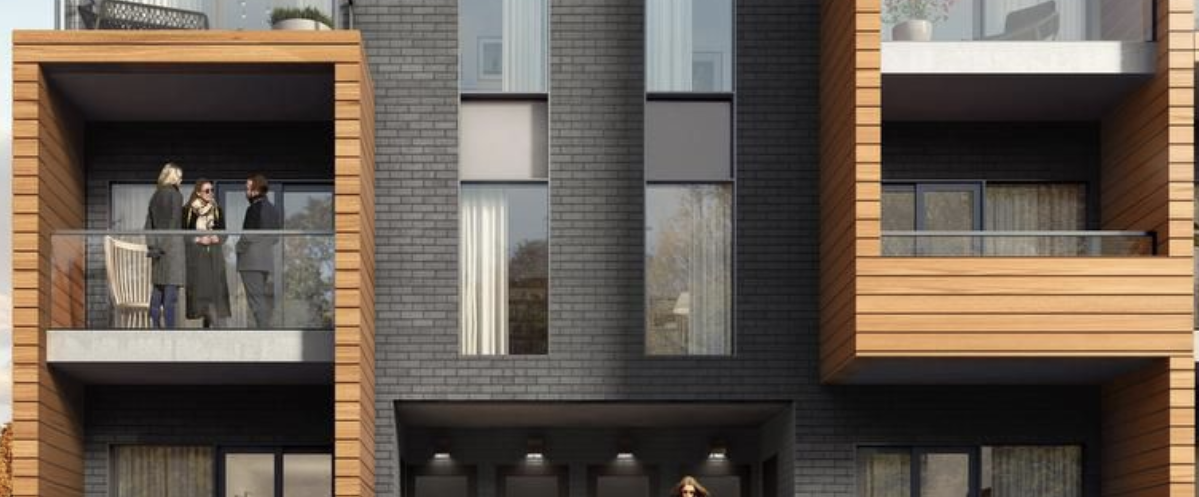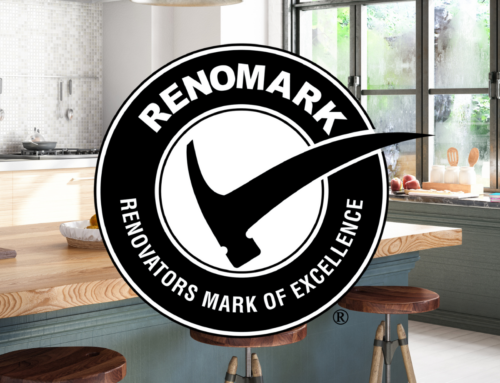Duplexes, triplexes, townhomes, laneway homes and more are all coming to a street near you. Dubbed the “missing middle,” small-scale neighbourhood housing projects like these have been illegal for decades due to bylaws that prohibit anything but single-family homes in many neighbourhoods.
In the midst of a housing crisis where more housing options are desperately needed, this is finally starting to change and the West End Home Builders’ Association is eager to witness it.
In 2021, by voting against a boundary expansion, city council decided to accommodate all future growth within existing neighbourhoods. One of the first steps toward implementing that vision is allowing property owners to add apartment units. The City is now asking residents to provide feedback on that vision as they seek to update their residential zoning bylaws to allow a greater variety of housing types.
However, there is room for significant improvement in this plan. Currently, the City is only considering allowing existing housing units to be converted into triplexes and fourplexes through renovation or conversion, not new builds. While this is a good first step, we should also permit the construction of new, energy-efficient and well-designed triplexes and fourplexes on existing single-family home lots. This represents a huge economic opportunity for the wide variety of people working in the construction industry, such as trades and architects, as well as future and existing homeowners.
Small-scale infill builders who custom-build homes have the expertise to partner with homeowners in the redevelopment of their existing properties. As small businesses, they directly contribute to Hamilton’s economy through job creation in the skilled trades. Allowing them to expand their services into building multi-family homes presents a win for everyone.
By applying these changes, small builders can help homeowners build custom projects that meet their needs to age in place or generate extra income that helps offset the high cost of housing in Hamilton.
For the broader community, ensuring we build enough housing means more people can make Hamilton their home. This is key for the survival and growth of local businesses, as they will have more local customers and be better positioned to attract and retain talent.
It’s not just Hamilton looking at this solution; the provincial Housing Affordability Task Force also took aim at historic exclusionary zoning practices. The task force released an ambitious set of recommendations in early February that provides direction to remove exclusionary zoning that has “disallowed the construction of other types of housing in single- family neighbourhoods.” Having prohibited the construction of duplexes, triplexes, townhomes and, until recently, laneway houses for so long, has left a missing middle in our housing stock, hence why many of cities are predominantly tall buildings or single-family homes. Now, though, the ground is shifting.
The need for this type of housing is urgent. Market rate housing affordability has been severely impacted by our region’s underbuilding of homes. There are too many people competing for too few homes, driving prices up and up. Newcomers and young families are moving further and further afield to find a place they can afford.
Ontario’s population is growing, but despite the provincial population growing by 80 per cent, more residents in 2015-2020 compared to the previous five years, we built 23 per cent fewer homes in Hamilton over that period. We need to catch up. Allowing and encouraging the construction of duplexes, triplexes, townhomes, laneway homes and other housing types is an important place to start.






